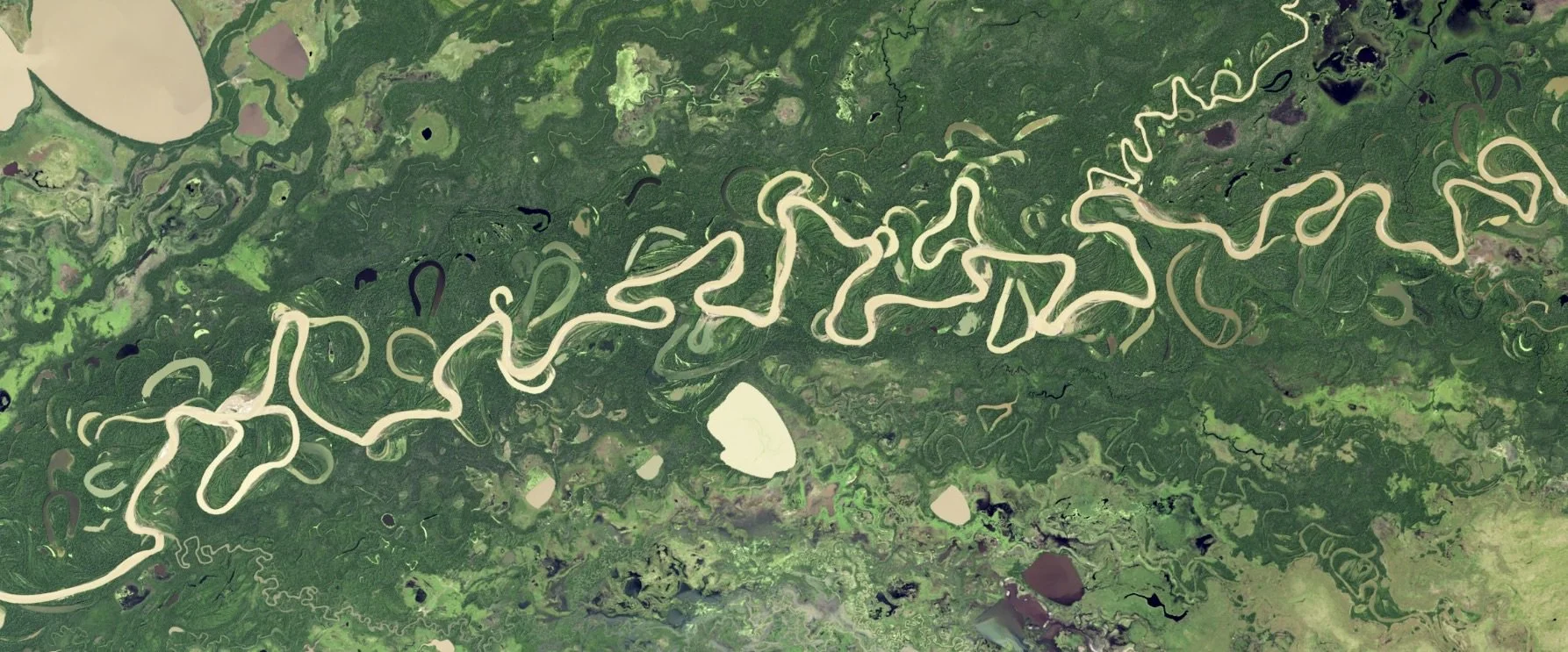Currently in development, Moving the Rights of Rivers celebrates rivers as national treasures and historical connectors. Inspired by river ecosystems, this project combines performances with earth stewardship, civic engagement and cross-sector pollination bringing arts, environmental, education and activist communities together. Aligned with the rights of nature movement, the project overall aims to shift values in relation to nature and restore our connection to water.
Background:
Historically, rivers have served many roles and purposes, from transportation route connecting people and places, to food and recreation source providing sustenance, nourishment and enjoyment, to water source both for intake and deposit. By the mid-20th Century, many of America’s rivers were extremely polluted. The Clean Water Act helped address water quality, but many waterways continue to suffer from industrial pollutants and sediments, algae blooms and trace contaminants, sewage overflows and plastic pollution and even extinction.
Today, water is a politically charged issue with innumerable instances of human rights violations. This project aims to coalesce the arts, education, environmental, and political communities around water. Rivers share a history of pitfalls and recoveries; they are also spaces charged with energy and are national treasures. Moving the Rights of Rivers asks us to consider our personal and collective responsibility to rivers and, by extension, the earth and our fellow inhabitants, engaging communities around one of their most precious resources. Though unique to each location, the project contains common elements including engagement of local communities, investigation of and envisioning or create solutions to local issues, education and action, and celebratory performance which is adaptable for a variety of locations.
Project Parts
At each location, the project is envisioned in three phases:
1) Exploration, Listening and Learning: examples include observational walks and/or kayaks, clean ups, guided reflective movement activities, listening and learning circles.
2) Creation and Movement Building: examples include hands on repurposing of clean up materials collected; workshops to create a participatory movement section with area students and community members to be performed with the Company; creating a campaign toward gaining legal rights for the river.
3) Performance Celebration and Action: The performance is envisioned as an experience adjacent to the river in a public location and traveling along its banks with opportunities for audiences to learn about river issues, join in advocacy and create connections for continued actions.
Project Partnerships
For each location this project occurs we seek arts, environmental and educational partners.
Logistics
This project in in development and will be available for tour Spring 2026-Fall 2029.



